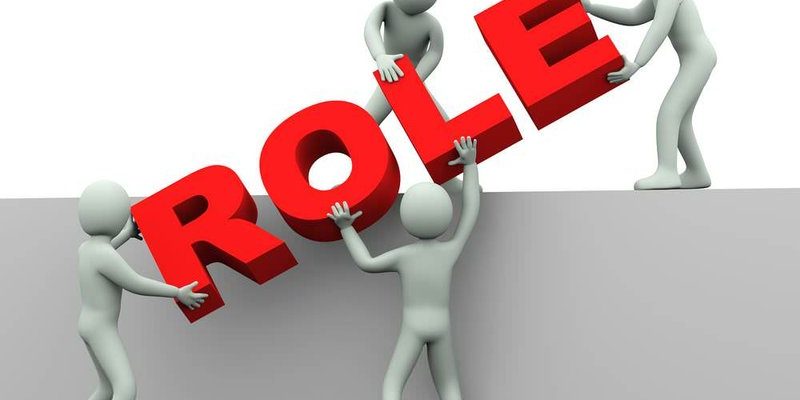
Understanding the king cobra’s role in the ecosystem is like unraveling a complex tapestry; each thread supports and enhances the whole. These snakes are more than just top predators; they also influence the populations of other species and even the health of the environment. Let’s dive deeper into the world of the king cobra and explore how it interacts with its surroundings, why its presence matters, and what we can learn from it.
King Cobra: An Overview
The king cobra (Ophiophagus hannah) is native to the forests and grasslands of Southeast Asia. It’s the longest venomous snake in the world, and its striking coloration varies from olive green to black, often adorned with yellow or white markings. These snakes are a part of the family Elapidae, which includes other venomous snakes like cobras, mambas, and kraits.
One of the most fascinating things about the king cobra is its diet. It primarily feeds on other snakes, including even venomous ones! This dietary preference gives it a unique place in the food chain, as it helps control snake populations and maintain ecological balance. Imagine a natural pest-control system, but for snakes.
Habitat and Range
King cobras make their homes in a variety of habitats, including forests, mangroves, and grasslands. They prefer areas close to water sources, such as rivers and streams, as they are excellent swimmers. The flexibility in their habitat choice allows them to thrive in different environments, making them quite adaptable.
Their geographic range stretches across several countries, from India to Southeast Asia, including regions like Thailand, Malaysia, and Indonesia. However, like many wildlife species, king cobras face threats from habitat destruction and human encroachment. This loss of habitat not only impacts their populations but also disrupts the entire ecosystem they help sustain.
The King Cobra as a Top Predator
In the world of animals, being a top predator comes with a significant responsibility. The king cobra plays a vital role in keeping the populations of other snakes in check. By preying on smaller snakes, including some that can be harmful to humans, the king cobra helps maintain a healthy balance in its ecosystem.
Here’s the thing: if the king cobra’s population declines, it can lead to an increase in the populations of other snakes. Some of these species can be venomous and pose a danger to both humans and livestock. So, when you think about it, the king cobra isn’t just a fearsome predator; it’s also a protector of sorts.
Reproductive Role and Care for Young
Like many reptiles, king cobras have a fascinating reproductive cycle. After mating, the female lays between 20 to 50 eggs in a nest she constructs by curling her body around them. This is where the king cobra truly shines as a dedicated parent. She remains with her eggs, protecting them from threats until they hatch, a rare trait among snake species.
When the eggs hatch, the young snakes are entirely independent. They don’t receive any further care from their mother, so they must quickly learn to fend for themselves. This high level of maternal investment indicates the crucial role of the mother in ensuring the survival of the next generation. It’s a beautiful yet brutal part of nature.
The Impact of Humans on King Cobra Populations
Unfortunately, king cobras face numerous threats from human activities. Habitat destruction due to deforestation, agriculture, and urbanization has significantly reduced their living spaces. Additionally, hunting for their skin or removal due to fear can lead to diminished populations.
You might be wondering why this matters. The decline of king cobras can disrupt the delicate balance of their ecosystems. When top predators like the king cobra are removed, it can lead to a population explosion of rodents and other small animals, which can further disrupt local flora and fauna.
Conservation Efforts and Education
Conservation organizations are working hard to protect the king cobra and its habitat. Educating people about the importance of these snakes is crucial. Many cultures view them as symbols of power, but others fear them due to misconceptions.
Promoting coexistence is key. By understanding their role in the ecosystem and the benefits they provide, we can learn to appreciate these reptiles rather than fear them. Schools, wildlife parks, and community programs can help spread this message, showing that the king cobra is an invaluable part of our natural heritage.
The Connection Between King Cobras and Ecosystem Health
The health of an ecosystem is often reflected in the populations of its predators. King cobras serve as an indicator species, meaning their presence and health can indicate the overall health of their habitat. A thriving king cobra population suggests a balanced ecosystem with a rich diversity of flora and fauna.
Conversely, if king cobras are dwindling, it could mean there are larger environmental issues at play. This connection helps researchers and conservationists monitor and assess the health of ecosystems, making the king cobra a key player in environmental science.
Final Thoughts on the King Cobra
Understanding the role of the king cobra in its natural habitat reveals just how interconnected life is. These magnificent snakes not only shape their ecosystems but also highlight the need for conservation efforts in our rapidly changing world. We need to respect and protect not just the king cobra but all aspects of our natural environment.
By fostering a deeper appreciation for these creatures, we can ensure they continue to thrive for generations to come. After all, every part of nature has its purpose, and the king cobra is no exception. So, the next time you hear about a king cobra, remember: it’s not just a snake; it’s a critical part of our natural world.

